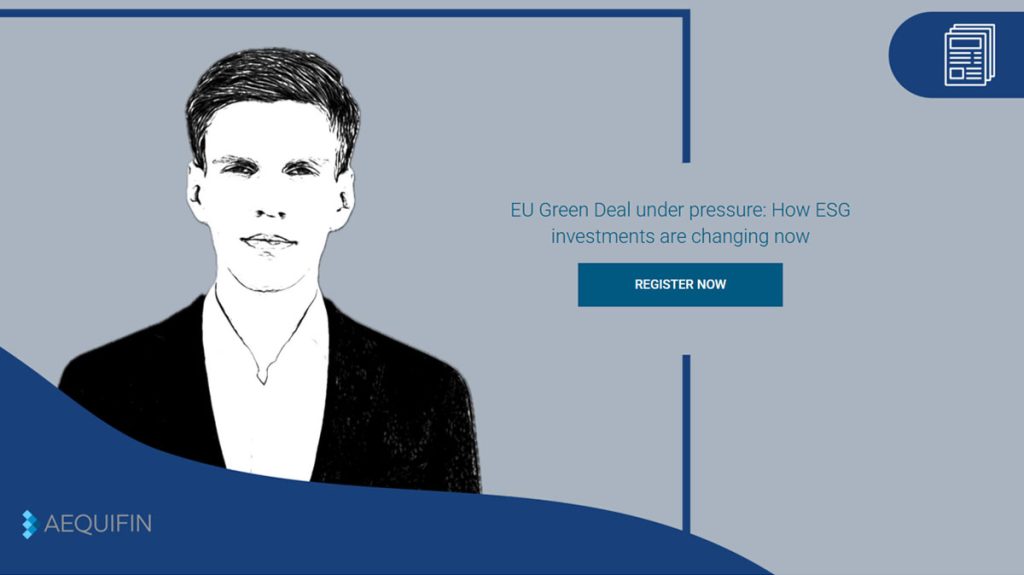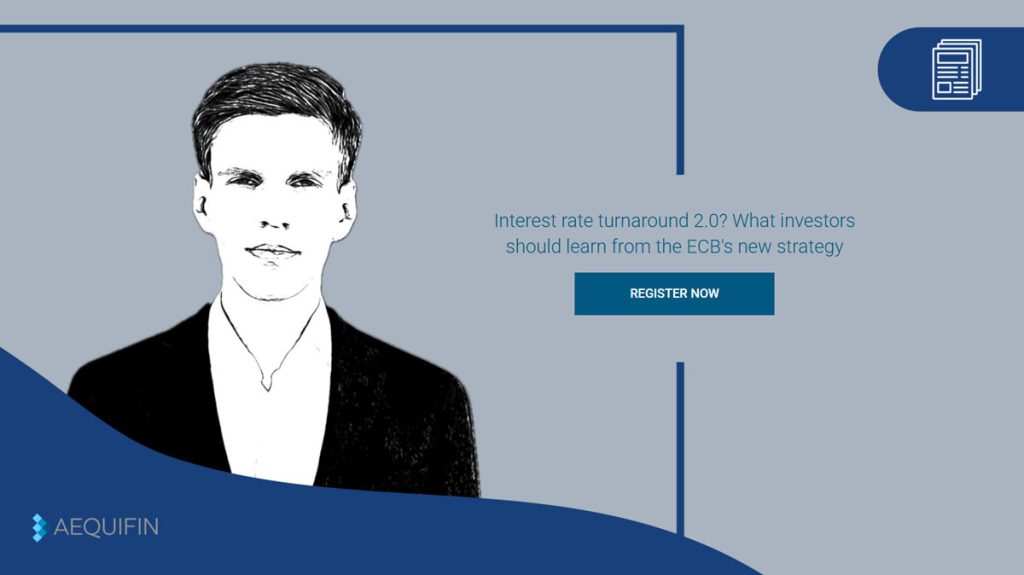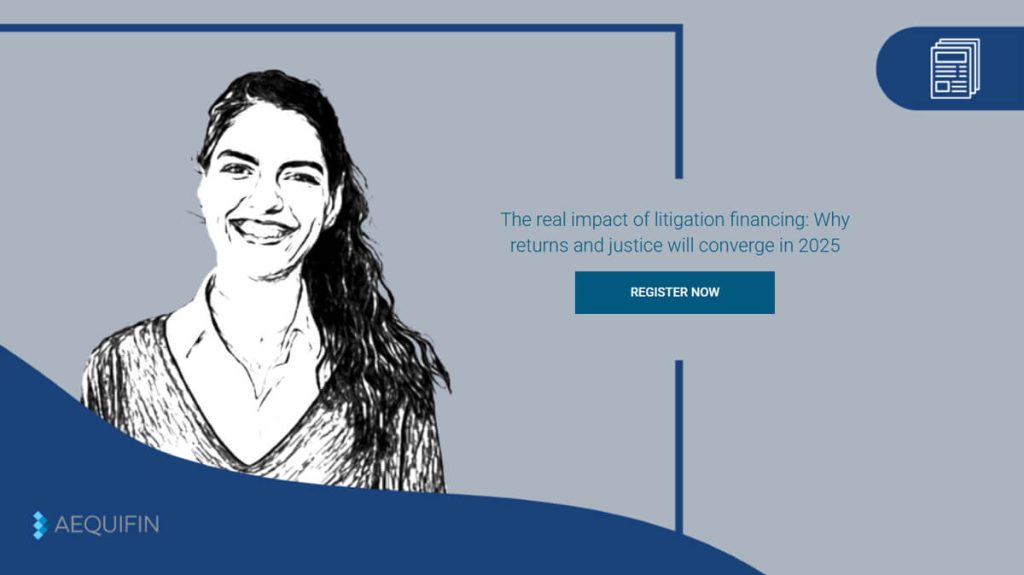Inflation rising interest rates and uncertain markets have reignited the need for stable sources of income in 2025 Many investors are looking for ways not only to protect their wealth but also to grow it in the long term All of this should happen without having to actively take care of it every single day This is exactly where the topic of passive income comes into play.
The idea of passive income sounds tempting Earning money while you sleep travel or simply spend time with your family But it is not as easy as it is often portrayed in guides and forums Passive income is rarely completely passive It usually requires capital knowledge or at least a smart initial strategy When used correctly however it can become a key component for financial independence and diversification.
Whether it is classic dividend stocks ETF savings plans real estate or innovative models such as litigation financing through AEQUIFIN anyone who wants to build passive income successfully in 2025 should realistically assess the opportunities and risks and choose the right instruments.
At a glance Passive Income 2025
- What is meant by passive income and why is it so sought after in 2025?
- What are the advantages and disadvantages of traditional passive income sources?
- Which strategies from ETFs to real estate to digital models are realistic today?
- Is passive income even possible without starting capital?
- How does litigation financing with AEQUIFIN work as an innovative alternative for investors?
1. What is passive income and how does it work?
Passive income is simply the money you receive without continuous active work. Instead of trading time for money every day you build a source of income that automatically generates returns over the long term. But as mentioned at the beginning it usually does not work without some effort. Almost always you need start up capital know how or at least smart preparation.
Examples of passive income include classic sources such as rental income from real estate. Dividends from stocks. Interest from bonds. Or royalties for digital products. Modern models such as ETF savings plans. P2P loans. Or litigation financing are also part of it.
The decisive difference from active income provides the leverage. You do not have to constantly invest time but benefit from capital or work that you have invested once. With the right strategy passive income can become an important building block for financial freedom. Either as additional earnings or as long term provision.
2. What are the advantages and disadvantages of passive income?
Those who generate passive income ideally gain additional freedom more time less dependence on an employer and a broader financial base. Especially in times of volatile markets this is a strong argument for many private investors. But passive does not necessarily mean effortless. A closer look at the advantages and disadvantages provides clarity.
What are the advantages of passive income?
- Additional financial freedom beyond the regular salary.
- Possibility to reduce working hours or become more independent.
- Building long term wealth for example for retirement planning.
- Diversification risks are spread more broadly when income comes from different sources.
What are the disadvantages of passive income?
- Real estate needs to be managed dividends monitored digital products actively marketed and therefore are never effortless to build.
- Returns fluctuate with markets economic cycles and demand dividends can be cut rents can default or platforms can go bankrupt.
- The higher the potential return the greater often seems the risk of failure.
- Under the label passive income there are also pyramid schemes and dubious business models.
3. What options for passive income are available in 2025?
The strategies for passive income are diverse. Some have been considered classics for decades, others have only emerged in recent years through digitalization and the platform economy. The key is for you as an investor to find the right form for your risk tolerance and your time horizon.
Building passive income with ETFs
ETF savings plans are one of the easiest ways to build wealth over the long term. Even with small monthly amounts you can replicate a global market. The advantage broad diversification and low costs. Those who invest continuously benefit from the compound interest effect. However it is important to note that stock market prices fluctuate and losses in value are possible during crisis periods.
What are examples of strong ETF performers of the last ten years?
- MSCI World ETF broad diversification across industrialized countries with an average return of around 8–10 percent per year.
- Nasdaq 100 ETF driven by tech giants such as Apple Microsoft and Amazon double digit returns in the 2010s.
- S and P 500 ETF a US core investment with solid 9–11 percent per year over recent years.
Dividends as a source of income
Dividend stocks promise regular payouts often quarterly. Investors can thus achieve a steady cash flow. This approach is particularly attractive in times of low interest rates. However the returns depend on the profitability of the companies. If profits decline companies often cut dividends first.
Example calculation for passive income through dividends
Those who invest 20,000 euros in solid dividend stocks with an average return of 4 percent receive around 800 euros in payouts per year. This corresponds to about 65 euros per month. If the portfolio grows over the long term through price gains and dividend increases the monthly inflow also grows.
Real estate and funds
Residential real estate remains a classic source of passive income. Rental income offers predictable returns and real estate also serves as a tangible asset and hedge against inflation. Those who do not want to buy directly can participate through real estate funds. However the entry barriers are high and management maintenance and vacancy risks should not be underestimated.
P2P loans and crowdinvesting
Digital platforms make it possible to lend capital to private individuals or start ups. Returns of six to ten percent are not uncommon. At the same time the risk is considerable. If the borrower defaults or the platform collapses the investment can be lost. Investors should therefore diversify broadly and invest only limited amounts.
Digital models and AI driven income
From e books to online courses to automated tools everything is included. Digital products can be sold as often as desired. AI now makes it easier to produce and market such content. However reach marketing and competition determine success. Without initial effort the return usually remains low.
Litigation financing as a modern alternative
A largely uncorrelated source of income is litigation financing. Investors provide capital to enforce legal claims. In the event of success they benefit from a return that can be significantly higher than traditional investments. Through platforms such as AEQUIFIN private investors gain access to vetted cases transparent contracts and a market that was previously reserved for institutional investors.
The risk here is even calculable. You never bear the entire legal costs alone but participate in a structured model. If a case unexpectedly turns out negatively you lose at most the invested amount no more. If it is successful however you participate disproportionately in the awarded settlement or judgment. The advantages are quickly apparent at a glance.
- Thorough pre-screening cases undergo a legal and economic review before financing. Only a fraction make it onto the platform.
- Independence from the market unlike stocks or real estate the outcome does not depend on interest rates or the economy but solely on the legal prospects of success.
- Transparent contracts investors know from the beginning how high their share will be in the event of success and which costs are covered.
What is an example of successful litigation financing?
Imagine a medium sized company has a claim for damages of 500,000 euros. The legal costs amount to 100,000 euros. You invest 5,000 euros in this case through a litigation financing platform. If the case is won or a settlement is reached your share depending on the quota can yield a return of 15–20 percent or more.
4. Comparison table – Classic vs Alternative income sources 2025
xyz
IN JUST 5 MINUTES:
5. What are the Dos and Don’ts when building passive income?
Passive income promises financial freedom but only if it is built with a clear strategy. Many investors fail because they either have unrealistic expectations or underestimate risks. A structured approach helps to avoid mistakes.
Dos
- Diversify broad distribution protects against losses.
- Think long term patience pays off.
- Calculate realistically expect fluctuations.
- Reinvest invest profits again.
Don’ts
- Expect quick money stay away from dubious offers.
- Ignore risks every investment has pitfalls.
- Rely on only one source avoid dependence.
- Start unprepared basic knowledge is essential.
6. Check opportunities for passive income now and take action
Those who want to build stable passive income in 2025 should not rely only on classic strategies. Innovative models such as litigation financing offer investors new opportunities independent of stock market fluctuations or interest rate cycles.
With the AEQUIFIN litigation cost calculator you can understand in just a few steps what return opportunities a case offers and how your investment could develop. Transparent non binding and with clear key figures.
👉 Check your opportunities now and secure access to vetted cases free of charge and with just a few clicks.














